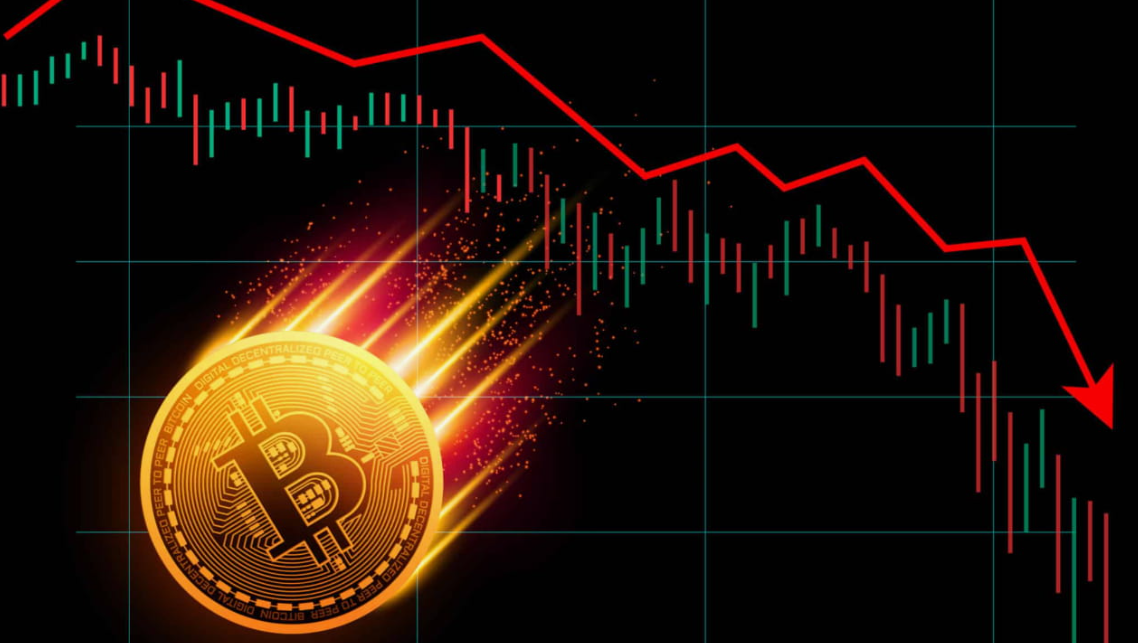Hey there, fellow traders! If you’re diving into the world of trading—be it forex, stocks, or cryptocurrencies—you might be wondering how to build a trading strategy that actually works. The truth is, there’s no one-size-fits-all approach, but with some essential elements, you can create a winning strategy that suits your style. In this post, we’ll explore the building blocks of a successful trading strategy and sprinkle in a few personal insights along the way.
Understanding What a Trading Strategy Is
First things first, let’s break down what a trading strategy actually is. Simply put, it’s a plan that outlines how you’ll trade in the market. This includes deciding when to enter or exit a trade, what assets to trade, and how much capital to risk.
Key Components of a Trading Strategy
A solid trading strategy usually has a few key components:
- Market Analysis: This involves analyzing market conditions to identify opportunities. You can use technical analysis, fundamental analysis, or a mix of both.
- Entry and Exit Rules: These rules dictate when to buy or sell. Having clear rules can help you avoid emotional decisions.
- Risk Management: This is about protecting your capital. You need to set limits on how much you’re willing to lose in any single trade.
- Performance Evaluation: Regularly review your trades to see what’s working and what’s not. This helps you fine-tune your strategy.
Got it? Great! Now, let’s dig deeper into these components.
Market Analysis: Finding Your Edge
Market analysis is like your treasure map in the trading world. It guides you to opportunities and helps you avoid pitfalls. Here are two main types of analysis you can use:
Technical Analysis
Technical analysis is all about charts and patterns. It looks at historical price movements to predict future movements. Some common tools include:
- Candlestick Patterns: These help you see market trends and reversals.
- Moving Averages: These smooth out price data to identify the trend direction.
- Indicators: Tools like the Relative Strength Index (RSI) or Moving Average Convergence Divergence (MACD) can give you buy or sell signals.
Fundamental Analysis
Fundamental analysis focuses on the underlying factors that drive market movements. This can include economic indicators, news events, and company performance. For example, if you’re trading stocks, you might look at earnings reports or industry trends. For forex trading, interest rates and geopolitical events can have a big impact.
Setting Entry and Exit Rules
Now that you’ve got your analysis down, let’s talk about entry and exit rules. These rules help you make objective decisions instead of getting swayed by emotions.
Entry Rules
Your entry rules should be clear and straightforward. Here’s what you can consider:
- Set Conditions: For example, you might decide to buy a stock when its price crosses above a certain moving average.
- Use Stop Orders: This way, your order will only be executed once a specified price is reached. This helps you enter the market at the right time.
- Keep an Eye on Market Sentiment: Sometimes the mood of the market can be a game-changer. News and social media can impact prices quickly, so stay updated!
Exit Rules
Exiting a trade can be just as important as entering. Here are some tips:
- Profit Targets: Set a specific price point where you’ll take profits. This helps you lock in gains.
- Stop-Loss Orders: These automatically sell your asset when it drops to a certain price, limiting your losses.
- Review Your Trades: If a trade isn’t working out as planned, don’t be afraid to cut your losses. Remember, it’s better to lose a little than a lot!
Risk Management: Protecting Your Capital
Ah, risk management—the unsung hero of trading strategies. You can have the best strategy in the world, but if you don’t manage risk, you could end up losing it all. Here’s how to keep your capital safe:
Position Sizing
Determine how much of your total capital you’ll risk on each trade. A common rule is to risk no more than 1% to 2% of your capital on a single trade. This way, even a string of losses won’t wipe you out.
Diversification
Don’t put all your eggs in one basket! Spread your investments across different assets to reduce risk. For example, if you’re trading both stocks and forex, it can help balance your portfolio.
Use of Leverage
Leverage can amplify your gains but also your losses. Be cautious! Only use leverage if you really understand it and have a solid risk management plan in place.
Performance Evaluation: Learning from Your Trades
Okay, you’ve built your strategy, and you’ve been trading. Now it’s time to evaluate how well you’ve done. Performance evaluation helps you learn and improve.
Keep a Trading Journal
Documenting your trades is crucial. Write down:
- What you traded
- Why you entered or exited
- The outcome of the trade
- What you learned
Analyze Your Results
After a set period—say, a month or a quarter—review your trades. Look for patterns. What worked? What didn’t? This can give you valuable insights for your future trades.
Adapt Your Strategy
The markets are always changing, so your strategy should too. Be willing to tweak your rules based on what you’ve learned. This flexibility can help you stay ahead of the game.
My Personal Take on Trading Strategies
When I first started trading, I learned the hard way that emotions can really mess with your strategy. I’d panic sell during a dip or hold onto losing trades, hoping they’d turn around. Over time, I realized that sticking to my trading plan was key. The more I followed my rules, the better my results.
It’s like riding a bike; at first, it’s wobbly and scary, but once you get the hang of it, you can cruise with confidence. So, don’t be discouraged if it takes time to find your groove. Keep learning, stay disciplined, and you’ll get there!
Conclusion
Building a winning trading strategy is no walk in the park, but with the right approach, it’s totally achievable. Remember to focus on market analysis, set clear entry and exit rules, prioritize risk management, and regularly evaluate your performance. Each component plays a vital role in your overall success.
So, are you ready to create your own trading strategy? Don’t forget to keep it simple, stick to your rules, and most importantly—have fun! Happy trading!
FAQs
1. What is a trading strategy?
A trading strategy is a plan that outlines how to trade, including when to enter or exit trades and how to manage risk.
2. Why is risk management important?
Risk management helps protect your capital from significant losses and ensures you can continue trading over the long term.
3. How often should I review my trading performance?
It’s a good idea to review your performance regularly, like once a month or a quarter, to identify patterns and areas for improvement.
4. Can I use both technical and fundamental analysis in my strategy?
Absolutely! Many traders find that a combination of both analyses can provide a more comprehensive view of the market.
5. What should I include in my trading journal?
Your trading journal should include details like what you traded, why you made your decisions, the outcome, and what you learned from each trade.





